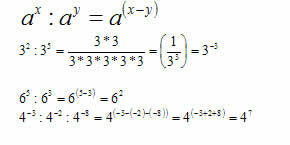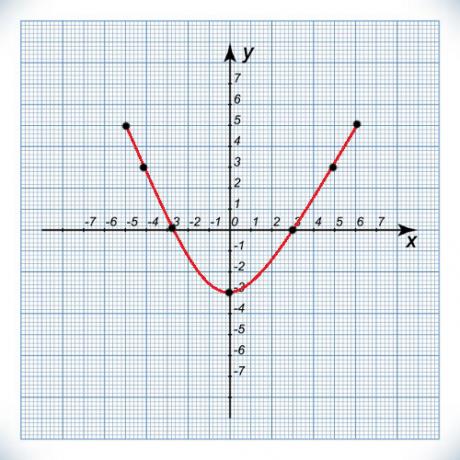As we learn the content referring to the numbers, we initially use memorization to identify the ten numerical terms that are used to form any number. These numerical terms are:
0, 1, 2, 3, 4, 5, 6, 7, 8 and 9
We can call these numerical terms digits. Every number is made up of digits. Look:
- The number 12 (twelve) has two digits: 1 and 2.
- The number 236 (two hundred and thirty-six) has three digits: 2, 3 and 6.
Now suppose that the digits of the numbers 12 and 236 change places. For number 12 (twelve), we would get number 21 (twenty-one). As for number 236, we would get the following numbers:
- 263 (two hundred and sixty-three),
- 326 (three hundred and twenty-six),
- 362 (three hundred and sixty-two),
- 623 (six hundred and twenty-three) and
- 632 (six hundred and thirty-two).
Note that when we swapped the digits, both in the number 12 and in the number 236, there were new numbers. You must be wondering why this happened! The answer lies in the content referring to the positional value of a digit.
Read too: What are the differences between number, numeral and digit?
How does positional value work?
To know the positional value of a digit, we use the orders and classes, which are found in the orders table, which is also called QVL (place value table).
million class |
thousands class |
Single unit class |
||||||
9th order |
8th order |
7th order |
6th order |
5th order |
4th order |
3rd order |
2nd order |
1st order |
hundred million |
ten million |
million unit |
hundred thousand |
ten thousand |
unit of thousand |
Hundred of units |
unit ten |
single unit |
This table of order went up to the class of thousands. After this class, we have many others. This is because the numerical count is infinite.
Now that we know the order frame, let's find out how to use it. See below the representation of numbers 12 and 21 on the board. To represent these numbers, we need to use the simple units class. This is because our largest number has only two digits, that is, it belongs to the second order.
Single unit class | ||
3rd order |
2nd order |
1st order |
1 |
2 |
|
2 |
1 |
Let's now compare the 12 with the 21. In this comparison, their similarities and differences will be highlighted.
→ Comparing 12 with 21:
At similarities they are:
- the number 12 (twelve) has two digits, as well as the number 21 (twenty one),
- in both, the digits are 1 and 2.
The difference between 12 and 21 is precisely the value that each represents. Even having the same number of digits, the numbers are different. This is because of the positional value of each digit.
Look:
12 → The digit 2 is in the single unit; and the digit 1 is in the simple ten. This means that we have: 1 ten plus 2 units:
1 ten + 2 units = 10 units + 2 units = 12 units.
21 → The digit 2 is in the simple ten; and the digit 1 is in the single unit. This means that we have: 2 tens plus 1 unit:
2 tens + 1 unit = 20 units + 1 unit = 21
See too: What is the decimal numbering system?

To get a better understanding, always remember that the unit is the lowest order of a number. The digit, regardless of the position it occupies, can always be converted into units. Always remember the following reference values.
1 unit = 1 (one) unit
1 ten = 10 (ten) units
1 hundred = 100 (one hundred) units
1 unit of thousand = 1000 (thousand) units
1 ten thousand = 10,000 (ten thousand) units
1 hundred thousand = 100,000 (one hundred thousand) units
I hope that every time someone asks you why two numbers with equal digits in positions different have different values, you can answer that it is because of the positional value of the digit.


